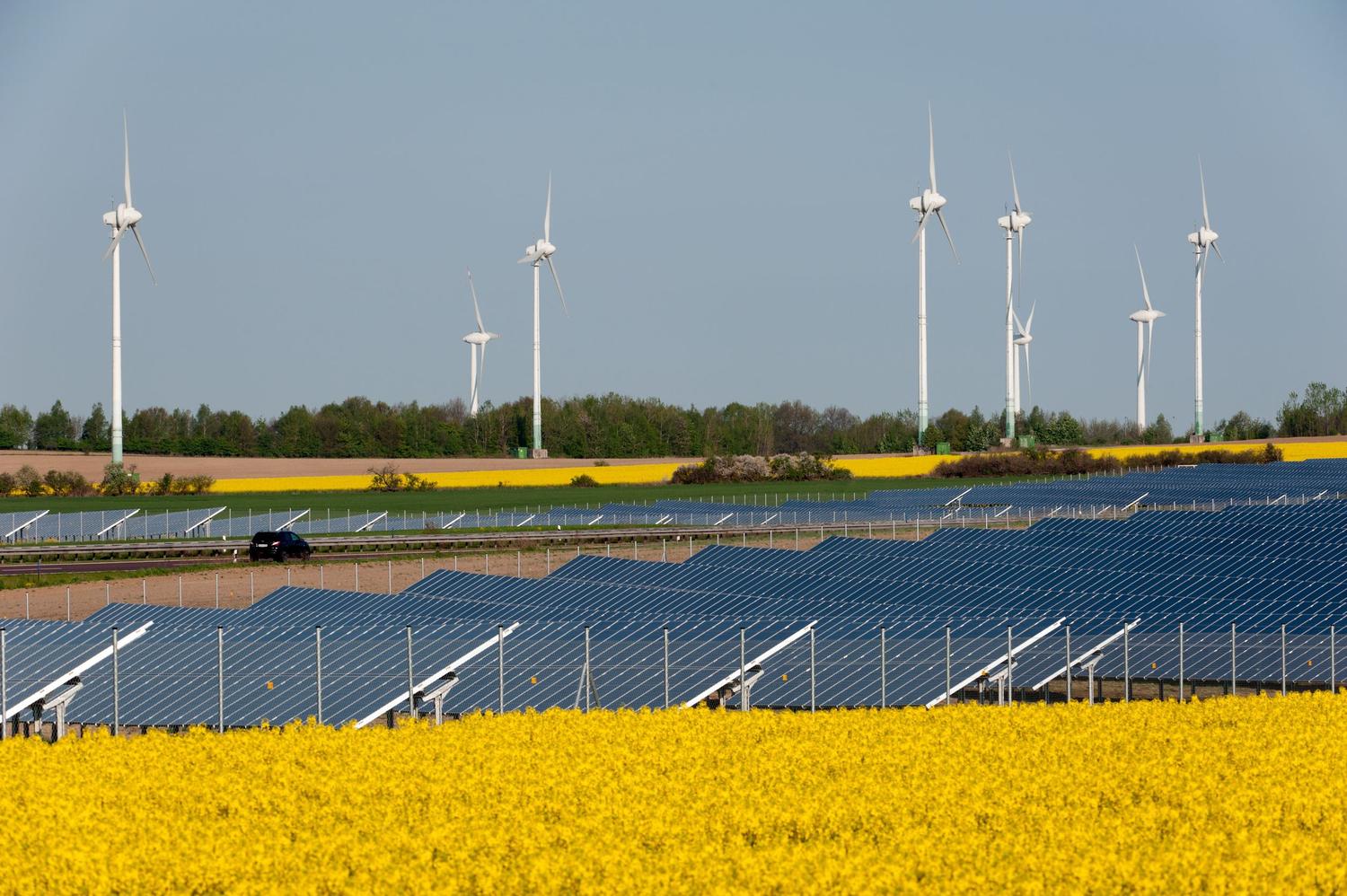“Technology forcing is a regulatory strategy that establishes currently unachievable and uneconomic performance standards to be met at some future point in time. ... Basically, technology forcing sets regulatory standards and provides incentives for achieving the standards or disincentives for not achieving them.”
Existing new technologies are typically expensive as the result of limited manufacturing experience and low production volume. Non-existing new technologies will also be expensive, once developed, for the same reasons. Experience shows that new technology costs decrease as the technology is refined and as production volume increases.
Early applications of new technologies typically require significant subsidies and/or government mandates to offset the higher costs and help overcome market resistance to change. Current examples include solar and wind electric generation systems, biofuel production and hybrid and electric vehicles. These relationships have been extensively studied.
Initial cost is heavily influenced by the ratio of initial production capacity to initial production volume since manufacturing overhead is initially distributed over a production volume significantly below production capacity. The overhead portion of product cost declines as the production rate increases toward production capacity. The existence of incentives and mandates can accelerate the increase in production rate by offsetting market resistance.
The other major component of higher initial cost is technology maturity. This component is far less sensitive to incentives and mandates. Also, the extent to which technology maturity will ultimately reduce cost is indeterminant, as is the rate at which maturity will occur. However, since new technology initially bears higher costs, the rate at which the technology is incentivized / forced into the market contributes to the long-term cost of technology implementation, since a higher percentage of the technology installations will occur at the earlier higher costs.
A critical example of this rate of forcing issue is battery storage systems for electric vehicles and grid-scale battery storage systems to offset the intermittency of renewable generation facilities such as wind and solar. EV battery technology has advanced significantly over the past decade. However, the batteries are still the predominant cause of the cost difference between ICE vehicles and EVs. The EV batteries also require replacement within the expected life of the EV; and battery life is shortened by rapid charging. The EV’s batteries also limit vehicle range, both because of their limited capacity and because of the time required to recharge them.
Grid-scale battery storage systems are in the very early stage of implementation and their current applications are limited to grid stabilization and short-term intermittency compensation. However, as the fossil generators which provide power during periods of wind and solar unavailability are decommissioned in favor of additional intermittent generation, grid-scale storage will be required to power the grid for periods of one or more days. The quantity of energy which must be stored in such scenarios is massive. The current cost of the battery capacity required to support the national grid would approach $100 trillion. These battery costs will certainly decline as the technology advances and production capacity and production rate increase. However, the extent to which the cost will be reduced and the rate at which that will occur are uncertain; and, the shorter the implementation schedule for a net zero electric grid, the higher the system implementation costs will be.
TANSTAAFL (There Ain’t No Such Thing As a Free Lunch)
